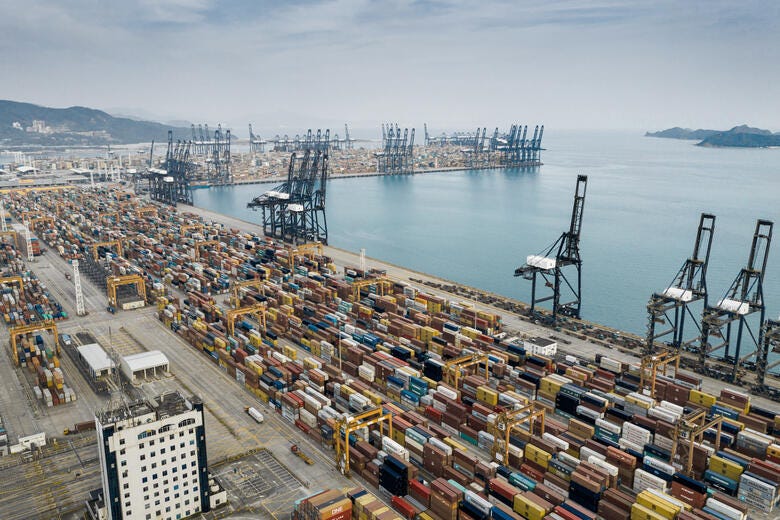
M&A Outlook for 2025: A Mid-year Update Amidst Continued Uncertainty
- Published
- May 30, 2025
- Topics
- Share
Following my previous article on the M&A outlook for 2025 which stated there were a number of tailwinds for M&A activity including the substantial amount of capital raised but not yet invested by private equity (the “PE overhang”), monetary supply-side pressure for deals, lower interest rates and a more business-friendly U.S. government, unfortunately this positive outlook turned negative in early April due to global tariffs announced by the U.S. government, prompting headwinds for future dealmaking.
The Impact of Tariffs on M&A Activity
Specifically, my view is that tariffs have made companies more cautious about making large investments, including M&A deals, due to the unpredictable nature of trade policies and their potential impact on business operations. Tariffs have increased the cost of goods, affecting the profitability of companies and making potential acquisition targets less attractive due to their negatively impacted financial performance. Additionally, tariffs have disrupted global supply chains, leading to delays and increased costs. Companies that rely on international suppliers face challenges in maintaining their operations, which affects their valuation and attractiveness as acquisition targets.
Lending Conditions and Capital Market Volatility
Additionally, tariffs impacted lending conditions, which were initially favorable in early 2025, characterized by tight credit spreads and technical imbalance favoring borrowers, but as of late, have prompted capital market volatility and weakening consumer confidence. Although the syndicated loan market's new-issue spreads were at multiyear lows for the quarter overall, creating an accommodating environment for leveraged buyouts, the cost of debt widened in March, particularly for riskier borrowers. This has had the direct effect of reducing the volume of borrowing activity and further dampening effect on and further dampening dealmaking as a whole.
Emerging Caution and Economic Indicators
According to various sentiment indicators, an emerging caution is evident for the remainder of 2025. CNBC’s CFO Council survey revealed that 60% of CFOs anticipate a recession in the second half of 2025, a significant increase from just 7% last quarter. Meanwhile, West Texas Intermediate (WTI), a grade of crude oil that serves as a major benchmark in oil pricing, and is often considered a proxy for demand, has dropped 23.5% in price between the days leading up to the presidential inauguration and the second week of April. The initial optimism surrounding the new administration has shifted to a more cautious outlook as markets assess the potential stagflationary impact of policy changes. While long-term reforms aimed at creating a more efficient government and rebalancing trade may yield benefits, these are likely at least a year away. In the meantime, volatility remains the norm.
From Optimism to Uncertainty
While there are both positive and negative economic phenomena affecting M&A dealmaking, I believe that the negative impacts will outweigh the positive ones. My forecast for the rest of 2025 is for flat to negative M&A activity, volume, and value trends.
Navigating the evolving M&A landscape requires specialist insight. Contact EisnerAmper today to discuss how these shifts might impact your business strategy.
What's on Your Mind?
Start a conversation with Paren











